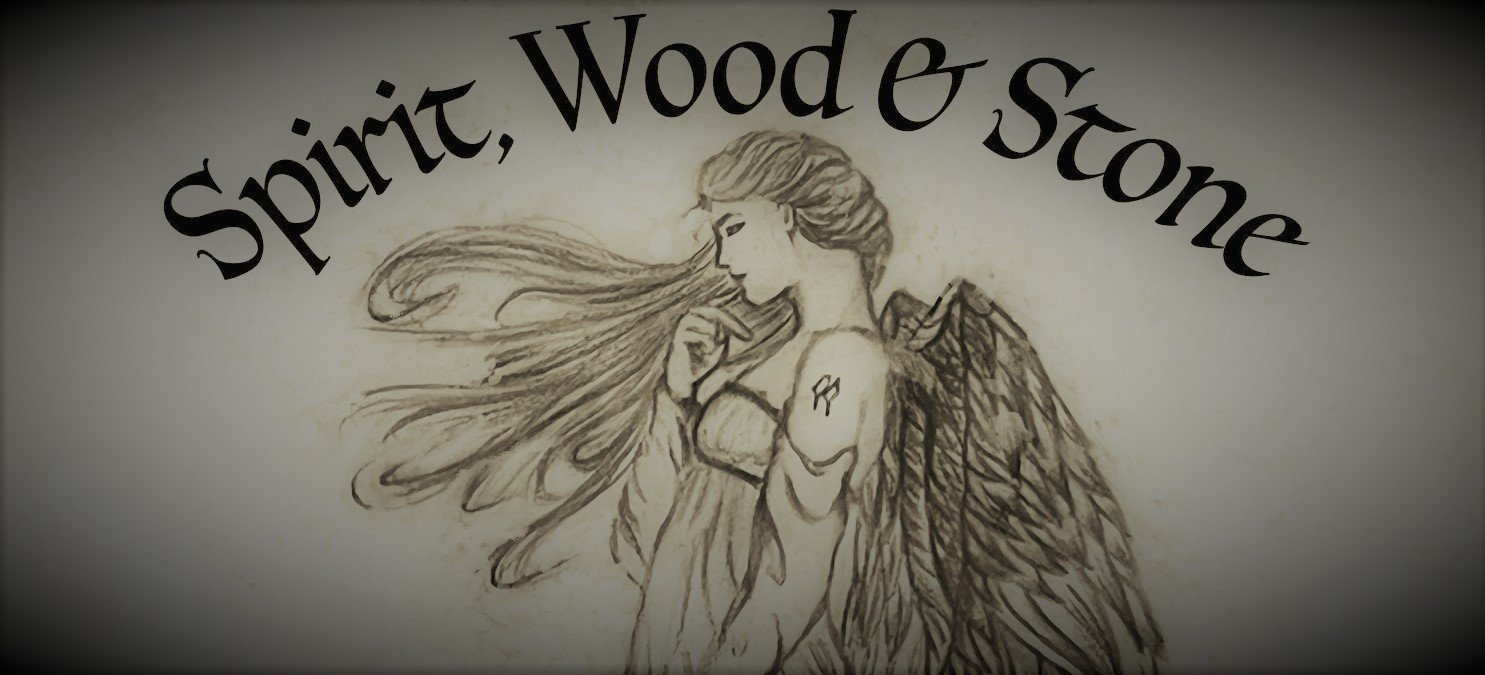 Image 1 of 12
Image 1 of 12

 Image 2 of 12
Image 2 of 12

 Image 3 of 12
Image 3 of 12

 Image 4 of 12
Image 4 of 12

 Image 5 of 12
Image 5 of 12

 Image 6 of 12
Image 6 of 12

 Image 7 of 12
Image 7 of 12

 Image 8 of 12
Image 8 of 12

 Image 9 of 12
Image 9 of 12

 Image 10 of 12
Image 10 of 12

 Image 11 of 12
Image 11 of 12

 Image 12 of 12
Image 12 of 12













Petrified Quartz and Calcite Wood
Beautiful specimen of Petrified Wood that is turning to Quartz and Calcite. Fluoresces pale blue in long wave UV light.
For wood to become petrified, it has to be buried quickly under mud, silt or volcanic ash before any rotting can set in. It needs to be buried within this sediment for an extended period of time — usually, millions of years — and if the ground in which the wood is buried is particularly well compacted, it won't be able to interact with oxygen or organisms, so will be unable to decay. In such instances, the organic material becomes fossilized. During this process, known as mineralization, groundwater rich in minerals flows through the sediment and the dead tree, whose woody remains are replaced over time by the water's minerals.
So, although the material is called petrified "wood," it is actually not wood at all; rather, the minerals have replaced and taken on the appearance of the wood that was once there.
~Livescience.com~
size: 4”L x 4.5”h x 3”d
Beautiful specimen of Petrified Wood that is turning to Quartz and Calcite. Fluoresces pale blue in long wave UV light.
For wood to become petrified, it has to be buried quickly under mud, silt or volcanic ash before any rotting can set in. It needs to be buried within this sediment for an extended period of time — usually, millions of years — and if the ground in which the wood is buried is particularly well compacted, it won't be able to interact with oxygen or organisms, so will be unable to decay. In such instances, the organic material becomes fossilized. During this process, known as mineralization, groundwater rich in minerals flows through the sediment and the dead tree, whose woody remains are replaced over time by the water's minerals.
So, although the material is called petrified "wood," it is actually not wood at all; rather, the minerals have replaced and taken on the appearance of the wood that was once there.
~Livescience.com~
size: 4”L x 4.5”h x 3”d
Beautiful specimen of Petrified Wood that is turning to Quartz and Calcite. Fluoresces pale blue in long wave UV light.
For wood to become petrified, it has to be buried quickly under mud, silt or volcanic ash before any rotting can set in. It needs to be buried within this sediment for an extended period of time — usually, millions of years — and if the ground in which the wood is buried is particularly well compacted, it won't be able to interact with oxygen or organisms, so will be unable to decay. In such instances, the organic material becomes fossilized. During this process, known as mineralization, groundwater rich in minerals flows through the sediment and the dead tree, whose woody remains are replaced over time by the water's minerals.
So, although the material is called petrified "wood," it is actually not wood at all; rather, the minerals have replaced and taken on the appearance of the wood that was once there.
~Livescience.com~
size: 4”L x 4.5”h x 3”d





















